As advancements in high-performance computing (HPC) and data-centric applications are progressing rapidly, the need for reliable and efficient interconnect solutions such as Infiniband and Gigabit Ethernet is critical. Infiniband technology has become one of the best options for organizations that want to improve network performance by providing high bandwidth and low latency communication. This article provides a step-by-step guide on how to set up an Infiniband bridge to maximize multi-node network performance. The ultimate goal is for readers to understand the fundamental principles of work with state-of-the-art tools like Infiniband bridges. This will help them achieve unmatched data transfer rates while improving resource utilization, thereby creating more powerful scalable networking infrastructures.
What is an Infiniband Bridge?
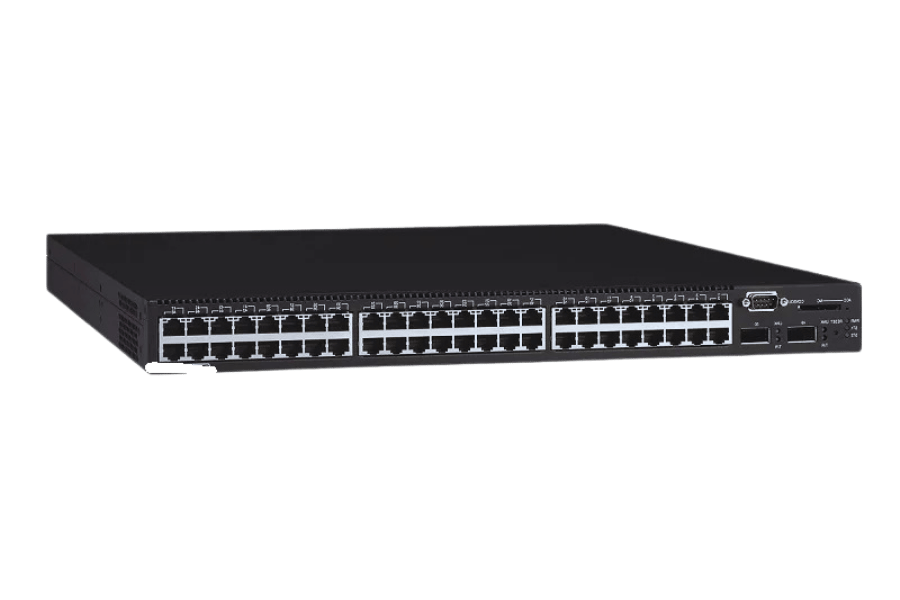
Understanding Infiniband Technology
Infiniband is a communication technology used in high-performance computing (HPC) and enterprise data centers. It uses switched fabric architecture to allow multiple data paths that increase throughput while reducing latency. Infiniband supports multiple data rates between 2.5 Gbps and 200 Gbps or more, making it suitable for performance-demanding applications. The protocol has advanced features like Quality of Service (QoS), reliable messaging, and Remote Direct Memory Access (RDMA). RDMA allows two computers’ memory to be transferred directly without involving the CPU, hence cutting down overheads. Thus, Infiniband is best suited for environments that need high bandwidth with low latency and efficient resource usage.
Comparing Infiniband and Ethernet
Infiniband and Ethernet are two distinct networking technologies with their own strengths. Infiniband is built for high-performance computing, boasting lower latency and higher bandwidth of around 40 Gbps to 200 Gbps. It uses features such as RDMA that allow efficient data transfer making it ideal for data-heavy applications. On the other hand, Ethernet is more flexible and widely used in general networking, ranging from 10 Mbps to 400 Gbps speeds. Even though there have been developments in Ethernet, like low latency ethernet (LLE), infiniband still outshines when performance and bandwidth matter most, while ethernet remains suitable for standard situations. The two can work together where management traffic over the home network setup often uses ethernet, but Infiniband caters to high-throughput applications within the same environment.
Key Components of an Infiniband Bridge
- Physical Layer: Its role is to transmit raw data over physical connections. It sets the electrical and optical specifications for cables and connectors.
- Link Layer: It provides reliable communication by detecting and correcting errors which are essential in any Infiniband subnet operation. This layer also takes care of link management functions like initializing links and managing their state transitions.
- Network Layer: This layer’s main purpose is routing packets between devices within an Infiniband network. Address resolution and some network management features are also handled here.
- Transport Layer: To ensure that messages are transmitted accurately, it includes flow control among other things such as offering both connection-oriented services as well as connectionless ones that guarantee reliable data transfer.
- Management Interface: Used for monitoring the bridge’s operations besides making it possible to configure them. Administrators can use it in addition to diagnostics or performance metrics support.
How to Configure an Infiniband Bridge?
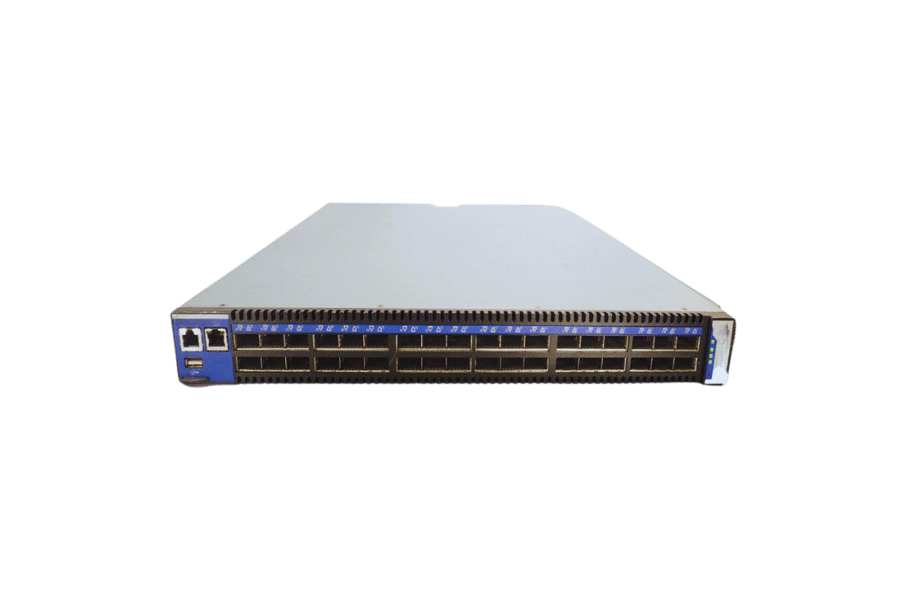
Setting Up the Infiniband Switch
Below are simple steps for configuring an infiniband switch.
- Connect to Management Interface: Use a dedicated management port to access the switch’s GUI or CLI.
- Assign IP Address: Configure an appropriate IP address for the management interface, ensuring it is within the network’s subnet.
- Configure Port Settings: Set the desired parameters for each port, including speed, link type, and MTU size.
- Enable Services: Activate necessary services such as routing protocols, VLANs, or QoS as required for the network setup.
- Test Connectivity: Verify your configuration by testing device connectivity and monitoring for errors through diagnostic tools.
Configuring the Network Interface on Linux
Below are simple steps for configuring an infiniband switch.
- Connect to Management Interface: Use a dedicated management port to access the switch’s GUI or CLI.
- Assign IP Address: Configure an appropriate IP address for the management interface, ensuring it is within the network’s subnet.
- Configure Port Settings: Set the desired parameters for each port, including speed, link type, and MTU size.
- Enable Services: Activate necessary services such as routing protocols, VLANs, or QoS as required for the network setup.
- Test Connectivity: Verify your configuration by testing device connectivity and monitoring for errors through diagnostic tools.
Integrating with Ethernet Network
To add a device to an Ethernet network, follow these steps:
- Connect to Ethernet: Use the proper cable to physically connect the device to the Ethernet network. Ensure that the cable meets the standards for speed (for example, Cat5e for 1 Gbps).
- Network Configuration: Match your device settings with those of the network by assigning a static IP or enabling DHCP. You can do this using either a GUI or a CLI.
- Check Connectivity: Use ping commands and other tools to test if devices are connected properly and monitor link status LEDs on devices.
- Configure VLANs: Configure VLAN settings on your device in case it is supposed to be part of one.
- Monitor Network Performance: Check connection performance using monitoring tools like latency and packet loss detection systems, which will help you discover any problems with it.
What are the Benefits of Using Ethernet over Infiniband?
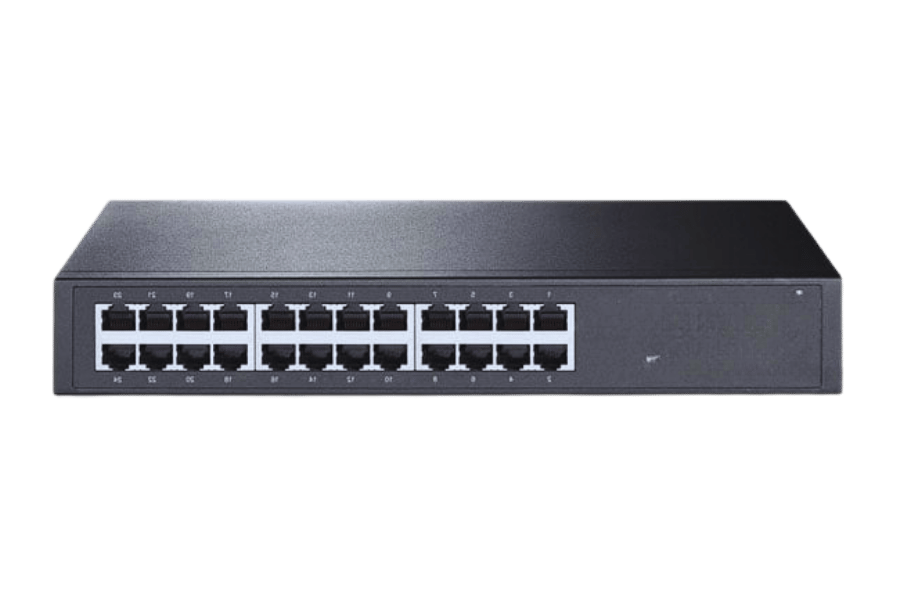
Enhanced Packet Forwarding Capabilities
Ethernet enhances packet forwarding capabilities by supporting standard protocols such as Address Resolution Protocol (ARP), Internet Control Message Protocol (ICMP), and Gigabit Ethernet technology. These protocols make efficient routing and delivery of data packets across a network possible. Furthermore, Ethernet can work with several layer two technologies like Spanning Tree Protocol (STP) and Rapid Spanning Tree Protocol (RSTP), creating loop-free topologies that increase network reliability and performance. As Ethernet speeds have advanced — particularly 10G, 40G, and 100G Ethernet technologies — its ability to handle larger amounts of traffic while reducing latency has become even more effective than Infiniband for certain networking scenarios.
Improved IP Over Infiniband Performance
IP over Infiniband can benefit from much better performance by using Infiniband’s high throughput and low-latency characteristics. Remote Direct Memory Access (RDMA) is one of the advanced features supported by Infiniband, which enables direct memory access between two computers without requiring CPU involvement, thus lowering latency while increasing bandwidth utilization. Moreover, Infiniband’s ability to support multiple parallel connections increases data transmission efficiency and reliability in high-performance computing settings. Therefore, applications that need fast data transfer with minimal delays can be optimized through these features making it a good option for certain types of networking where there are very large amounts of data being transferred quickly over short periods.
Reduced Network Latency and Increased Throughput
Network latency greatly impacts data communication performance and application efficiency. By prioritizing the importance of different data packets, Quality of Service (QoS) mechanisms can help reduce this latency. In times of high demand for services, QoS ensures that users have a better experience by allowing important information to be sent first.
Throughput may also be increased through bandwidth optimization techniques such as data compression and traffic shaping. Compressing data results in smaller file sizes, which result in faster sending speeds. Preventing congestion by controlling the flow of information allows for consistent throughput across networks.
Advanced routing protocols coupled with more powerful network devices can lead to even greater improvements in overall performance. MPLS (Multiprotocol Label Switching), which reduces complex routing decisions made at each hop, should be used as it increases speed during packet forwarding thus improving both latency and throughput across any given system.
Common Problems and Troubleshooting Infiniband Bridges
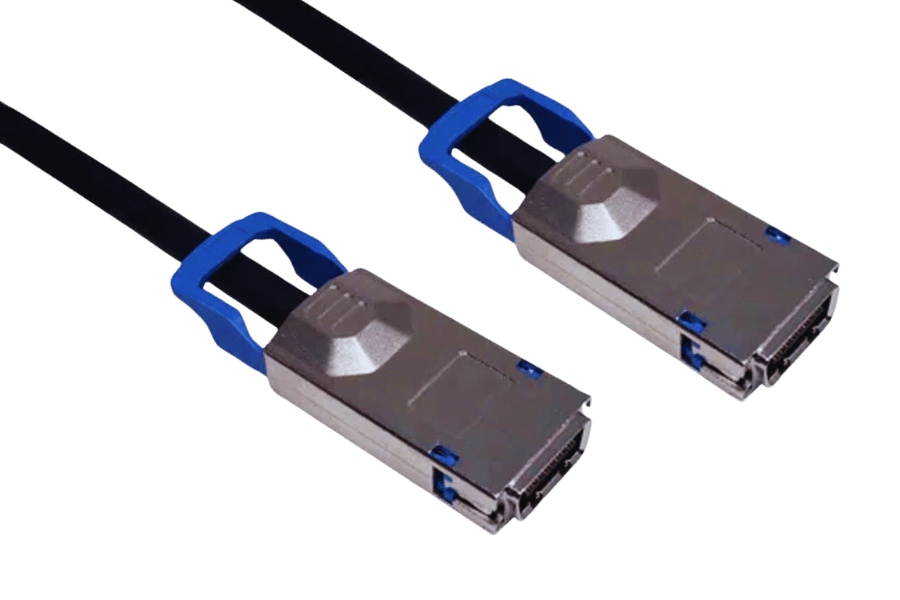
Resolving MTU Issues
In an Infiniband network, the first step to troubleshooting MTU problems is identifying the best MTU size for your particular environment. Testing different MTUs will help you find which one has the least latency and highest throughput. Commonly, Infiniband networks operate at an MTU of 65520 but this may vary depending on hardware used or network topology.
- Ping Testing: The ping command with the “Don’t Fragment” option verifies MTU settings. Decrease payload size gradually until you reach maximum that can be sent without fragmentation. This gives a reference point for ideal MTU size.
- Network Configuration: All devices in path including routers, switches and servers must have same configured values regarding their respective mtus; otherwise dropped packets will occur leading into poor performance levels overall.
- Monitoring And Diagnostics: Use monitoring tools to track traffic patterns across your network infrastructure so as to spot any anomalies that could suggest there are issues related specifically to mtu’s within said systems such as Wireshark where packet capture analysis becomes essential during troubleshooting processes involved therein
Effective configuration management of these settings helps reduce loss while improving performance across all nodes connected through InfiniBand interconnects used herein.
Troubleshooting IP Configuration
In an Infiniband network, the steps below can help solve IP configuration problems systematically.
- Please Confirm Your IP Address: Check unique and overlapping addresses among devices in your network. For Windows, use ipconfig, while Linux users should use either ifconfig or ip a to verify current IP settings.
- Check Subnet Masks: Mismatched subnet masks may hinder communication between devices on the same network segment leading to connectivity problems. Make sure that all devices are configured with correct subnet masks within an infiniband subnet.
- Gateway Configuration: Ensure each device has its default gateway correctly set. The address of this gateway must correspond to an active router situated within the same section of a wider area network, enabling it to communicate with external networks.
- DNS Settings: If name resolution is required then ensure accurate DNS settings are applied here since mismatched/incorrect entries could lead to inability by devices to resolve hostnames resulting into access issues
- Use Diagnostic Tools: Use diagnostic tools like ping which tests connectivity between two computers as well as traceroute (or tracert for windows) which helps identify routing issues. Network scanning tools can also be used where non-responsive devices need detection.
Careful examination of these configuration elements will enable you to spot and fix most IP-related problems in an InfiniBand network, thereby promoting better communication and performance.
Addressing Packet Loss and Packet Forwarding Problems
To address packet loss and forwarding issues in an Infiniband network effectively, follow these best practices:
- Identify the Source of Packet Loss: Use tools for managing networks to watch how data moves around a system and find out where packets are being lost. Links that carry too much traffic, broken devices or wrongly set configurations could all be responsible for this problem.
- Optimize Network Configuration: Check if Quality of Service (QoS) settings have been properly applied so as to give priority to important information. Also make sure that buffers on switches and routers are big enough to cope with maximum loads which will reduce dropping of packets.
- Update Firmware and Drivers: Regularly refresh software installed in networking switches as well as drivers used by Network Interface Cards (NICs). These upgrades come with better performance features, among others, aimed at solving underlying causes behind lost packets.
- Evaluate Network Topology: Look at the network layout and look for places where there might be congestion due to inefficient paths possibly bridged over Ethernet. Adding redundancy plus different routing options should lessen the effects caused by failed links and heavy usage areas within a system.
- Conduct Performance Testing: Between devices, use iperf-like tools to do throughput tests. The purpose here is to check whether your network can bear the required load while identifying areas that are likely to fail under pressure.
By tackling each factor systematically you’ll improve reliability in addition efficiency when it comes about forwarding packets through your infiniband thus leading lessening total losses experienced throughout entire infrastructure which eventually boosts performance levels across boarder.
How Can Infiniband Bridges Enhance Virtual Machine Performance?
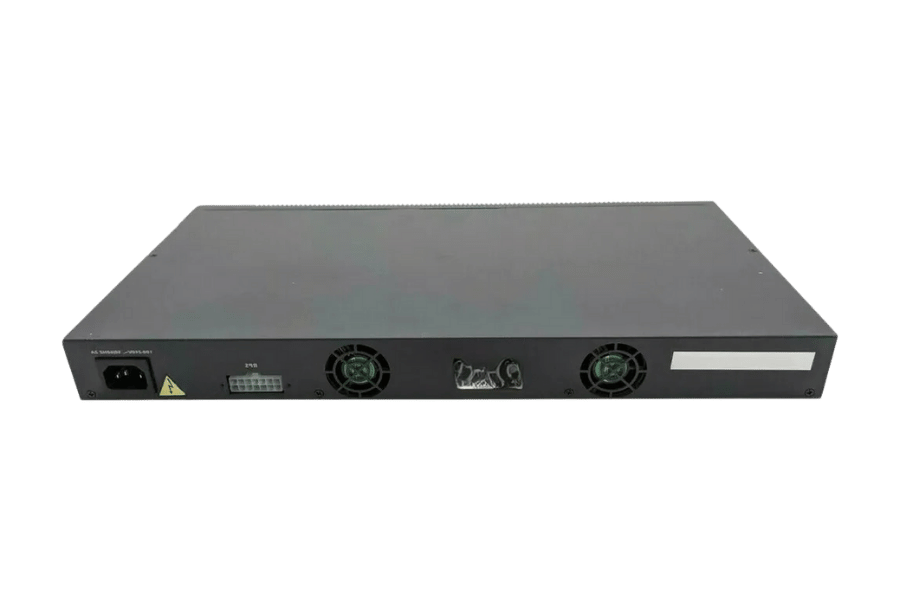
Optimizing Data Transfer for VMs
There are various ways to optimize data transfer in order to improve the performance of virtual machines (VMs). First, you can use an Ethernet bridge which will increase the efficiency of your home network. Infiniband bridges greatly increase data throughput and decrease latency due to Infiniband networks’ high-speed, low-latency capabilities. This is important for communication between VMs and hosts that are involved in data-intensive applications.
Another way is by using virtual networking technologies such as overlay networks or virtual LANs (VLANs). These methods create better traffic management and segmentation that allows more effective resource allocation while reducing congestion within the network infrastructure.
Finally, incorporating technologies for deduplication and compression can help further streamline data transfer among VMs, thereby minimizing what needs to be sent over the wire thus optimizing bandwidth utilization at all times. By utilizing these techniques, organizations will be able to make their virtualized environments much faster with improved access speeds and overall system efficiency levels rising, too, as a result!
Configuring KVM with Infiniband
To configure KVM (Kernel-based Virtual Machine) with Infiniband, you need to follow some steps that will promote interaction and performance. The host operating system must first install the necessary Infiniband drivers to enable communication between KVM instances and Infiniband hardware. This usually means installing OpenFabrics Enterprise Distribution (OFED), which contains essential libraries and utilities.
Then, you should set up virtual network interfaces for your VMs. Typically, this is done by creating a bridge interface that connects the KVM virtual machines to the Infiniband network. To create a bridge, use tools such as brctl and make sure that VMs are configured with network interfaces that utilize this bridge in order to move data efficiently.
Also, think about changing some parameters of KVM, like memory allocation or CPU usage, so they can better match the high-performance capabilities of InfiniBand. Finally, it is good practice to enable required optimizations like large send-offload (LSO) or receive side scaling (RSS), which would further increase transferring speeds while decreasing latency levels.
If these steps are followed, KVM will take advantage of using InfiniBand, resulting in improved VM performance with reduced operational overheads.
Benefits for Proxmox and Other Virtual Machines
When it comes to Proxmox and other virtual machine environments, there are many benefits of Infiniband technology integration. First of all, Infiniband offers very high throughput and low latency which greatly improves data transfer speeds between virtual machines that leads to enhanced application performance as well as responsiveness. It also supports remote direct memory access (RDMA), allowing for efficient data movement without involving the CPU thus freeing up resources for other tasks while improving overall system efficiency.
Furthermore, using Infiniband with virtualization can help improve network scalability. This is especially important in high-density virtual environments where resource demand increases because more simultaneous connections can be handled without any drop in the quality of service provided by the infrastructure. Proxmox users stand to gain a lot from easy management interfaces and tools that make use of these capabilities offered by InfiniBand towards optimizing storage within their VMs’ network performances. Generally speaking, infusing this technology into virtualization not only simplifies operations but also boosts virtual ecosystems’ capabilities and efficiencies further than they were before its introduction.
Reference Sources
Frequently Asked Questions (FAQs)
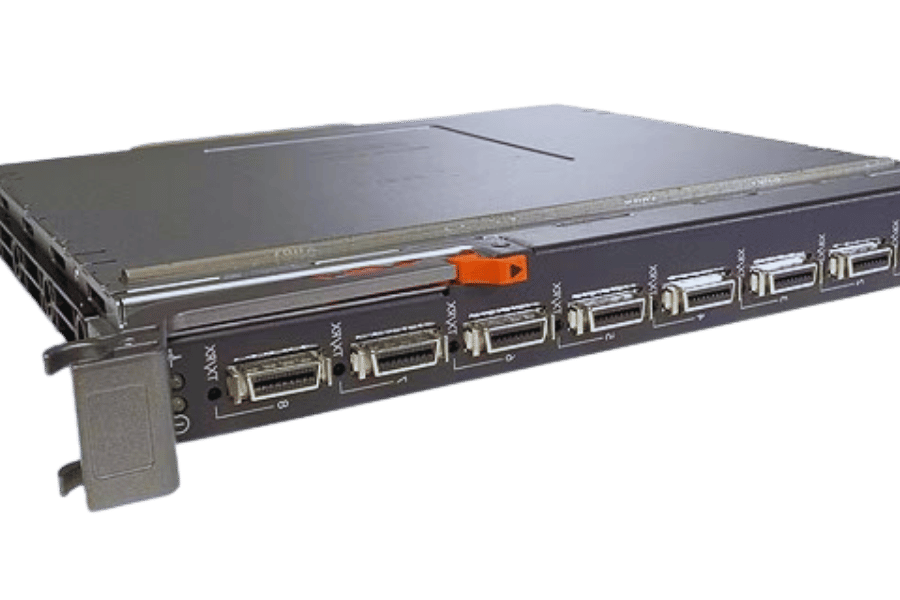
Q: What is the purpose of configuring a bridge InfiniBand for enhanced network performance?
A: The main reason for configuring a bridge Infiniband is to bring together high-speed data transfer across the network in order to improve performance and connectivity among different nodes and subnets within the network. This arrangement works best in computing clusters as well as data centers.
Q: How do I set up an Infiniband bridge using Mellanox devices?
A: To configure an Infiniband bridge with Mellanox devices, you must install suitable drivers, modify your network settings, and utilize management tools provided by Mellanox to create and control the bridge InfiniBand. Verify that each node has been properly connected to the InfiniBand fabric while ensuring the appropriate configuration of your IB switch.
Q: What is the role of the point interface in an Infiniband network?
A: The point (IP over Infiniband) interface allows traditional IP-based applications to run on top of an InfiniBand network. This interface also makes it possible to connect Ethernet networks through bridging between InfiniBand, thus enabling communication over more diverse types of networks.
Q: How does using an Infiniband gateway improve performance?
A: An Infiniband gateway can take away traffic management responsibilities from CPUs, which decreases latency, thus increasing throughput levels. Additionally, it provides seamless connections between infinband and ethernet networks allowing efficient use of multiple network protocols.
Q: Can I use one port as IB and one port as Ethernet in an Infiniband card?
A: Yes indeed; some dual-ported infinitive band cards support hybrid configurations where one port can be configured for infinite bands (IB) while another is meant for Ethernet communication purposes only. This feature comes in handy when you want both types involved at once without having separate hardware pieces dedicated exclusively towards either option alone.
Q: What is the purpose of the RDMA over Converged Ethernet (RoCE) Protocol?
A: The protocol enables high-speed data transfer with very low latencies and negligible CPU overheads between server nodes connected to a common Ethernet fabric, which supports Infiniband’s RDMA features.
Q: How do I know if my NIC is compatible with InfiniBand devices?
A: To ensure that your NIC works well with an Infiniband device, both should be on the same subnet and comply with similar standards such as 4X or pcie. You can check the manufacturer’s specifications for compatibility and use matching drivers/firmware to eliminate network configuration issues.
Q: What does it mean when we refer to having a virtual bridge in our InfiniBand setup?
A: A virtual bridge creates virtual networks over a physical backbone composed of InfiniBand. It leads to better resource utilization within networks and isolation of different types of traffic flows among multiple tenants sharing one infrastructure, thus simplifying management tasks associated with these environments.
Q: When building out an Infiniband cluster, what considerations need to be made concerning CPU offload capabilities?
A: Offloading capabilities are crucial because they reduce processing time by transferring workloads from host CPUs into NICs. This results in decreased latency times while increasing throughput levels critical for HPC systems performance.
Q: Why would someone want to add 10gbe ethernet ports to their existing infrastructure, which includes an InfiniBand network?
A: Adding 10 GbE Ethernet ports allows flexible connections between older Ethernet networks and new, faster InfiniBand infrastructures, enabling seamless data movement across hybrid environments.
